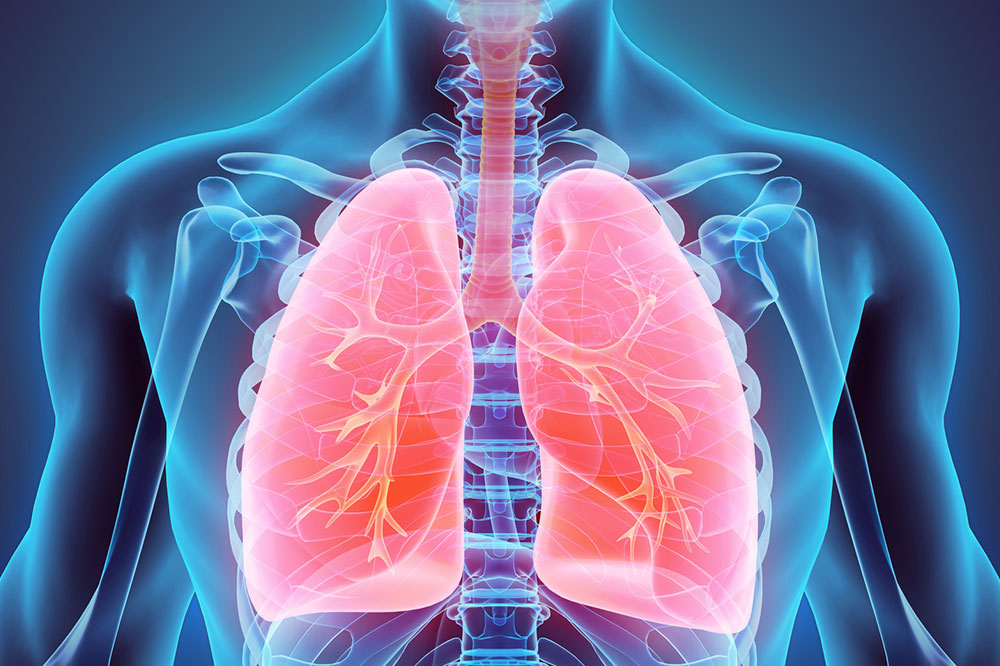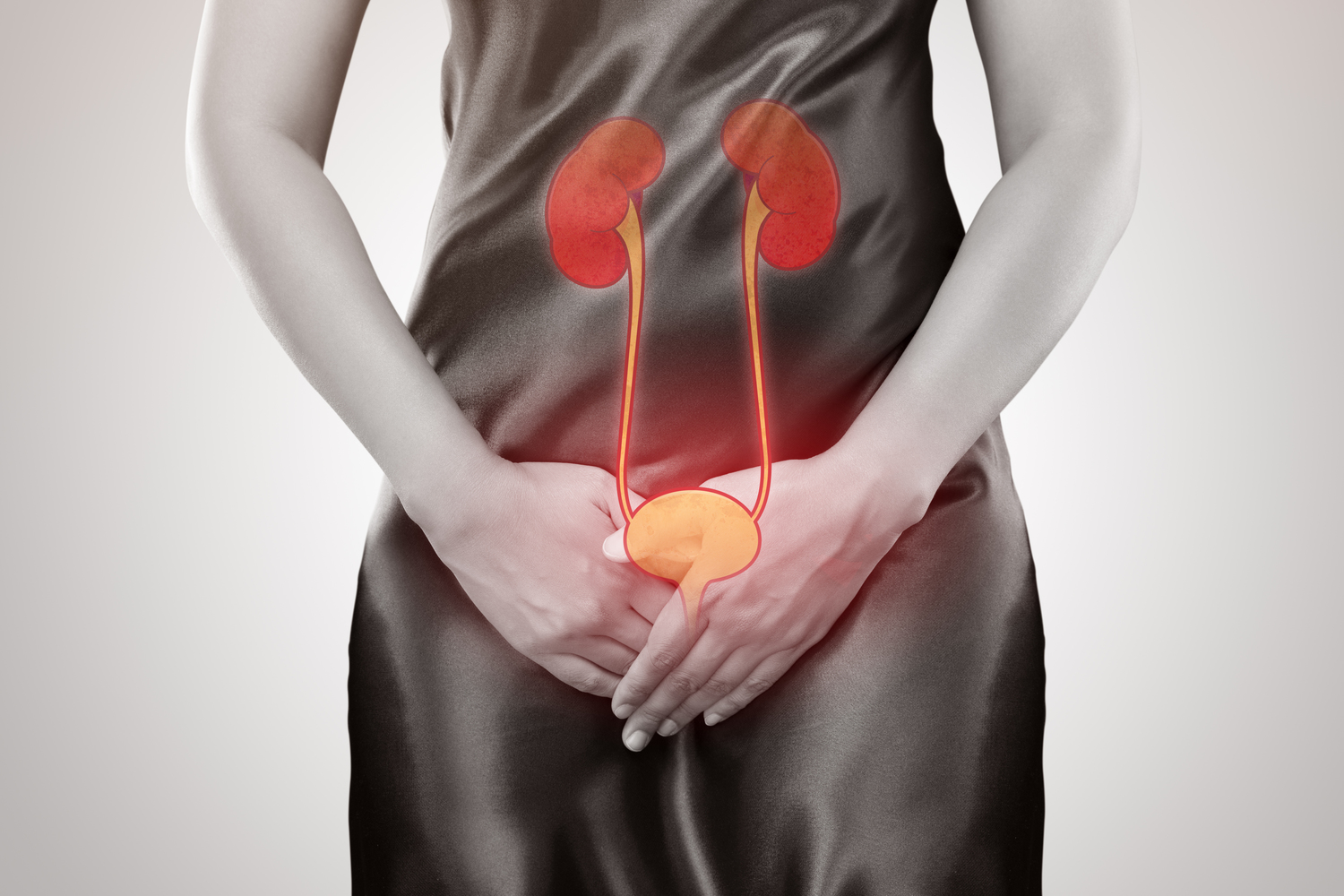Comprehensive Guide to Understanding Lung Cancer
This comprehensive overview of lung cancer covers its causes, symptoms, diagnosis, treatment options, and supportive care strategies. It emphasizes the importance of early detection and personalized treatment plans. The article also highlights lifestyle changes and dietary tips to support patients' health. Designed for awareness and understanding, it aims to empower readers to seek timely medical advice. Lung cancer remains a major health concern globally, especially among smokers and the elderly, but effective treatments and preventive measures can improve outcomes and quality of life.

Comprehensive Guide to Understanding Lung Cancer
Lung cancer originates in the lungs and ranks among the most prevalent cancers worldwide. While smoking is a primary risk factor, non-smokers can also develop the disease. The likelihood increases with smoking duration and intensity, but quitting can significantly reduce risk. Lung cancer develops when abnormal cell growth disrupts normal tissue, forming malignant tumors that can invade nearby tissues and spread to other organs through metastasis, commonly affecting the liver, brain, bones, and adrenal glands. Most cases (about 95%) begin in the epithelial cells lining the airways, often called bronchogenic carcinomas.
Symptoms and Signs
Early stages may present mild symptoms like persistent cough or shortness of breath, often overlapping with other lung conditions. As the disease progresses, symptoms intensify and include fatigue, weight loss, chest pain, wheezing, hoarseness, and swelling of the face or limbs. Advanced stages may cause bone pain, headaches, dizziness, neurological issues, and neurological deficits. Recognizing these signs early is crucial for effective treatment.
Major Causes of Lung Cancer
Smoking: The leading cause, accounting for approximately 90% of cases. Risk increases with the number of cigarettes smoked daily and years of smoking, quantified as pack-years. Secondhand smoke exposure also raises risk.
Asbestos Exposure: Inhalation of asbestos fibers causes long-term lung tissue damage, which, combined with smoking, heightens cancer risk.
Other factors include radon gas, genetic predisposition, certain lung diseases, air pollution, and exposure to diesel fumes.
Available Treatment Strategies
Multidisciplinary medical teams usually develop personalized treatment plans. For early-stage non-small cell lung cancer, options include surgery (removing tumor or part of the lung) and sometimes chemotherapy. Advanced stages may require combined approaches like surgery, radiation, chemotherapy, targeted therapy, immunotherapy, or palliative care. Consulting specialists ensures optimal outcomes and decision-making.
Natural and Supportive Care Options
While home remedies can't cure lung cancer, practices like massage, meditation, and yoga may alleviate stress, anxiety, and improve quality of life. Maintaining a balanced diet, consuming nutrient-rich foods, and staying hydrated support overall health throughout treatment.
Dietary Recommendations for Patients
Proper nutrition is vital. Eating nutrient-dense foods promptly when appetite is present, smaller frequent meals, high-calorie, low-sugar options if weight gain is needed, and herbal teas like ginger and mint can help maintain strength and support recovery during treatment.










